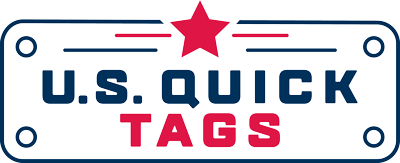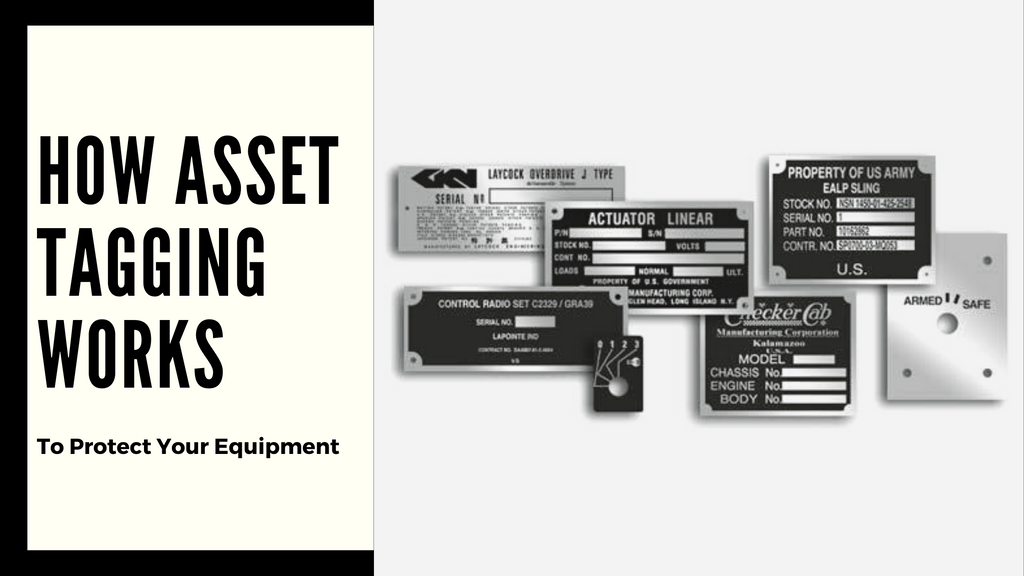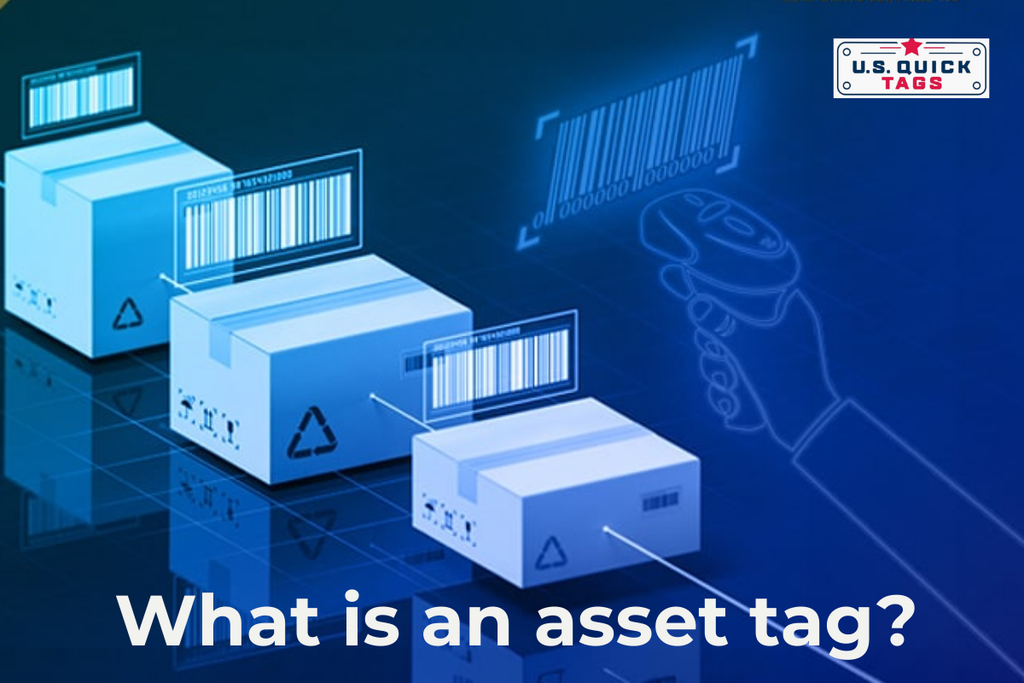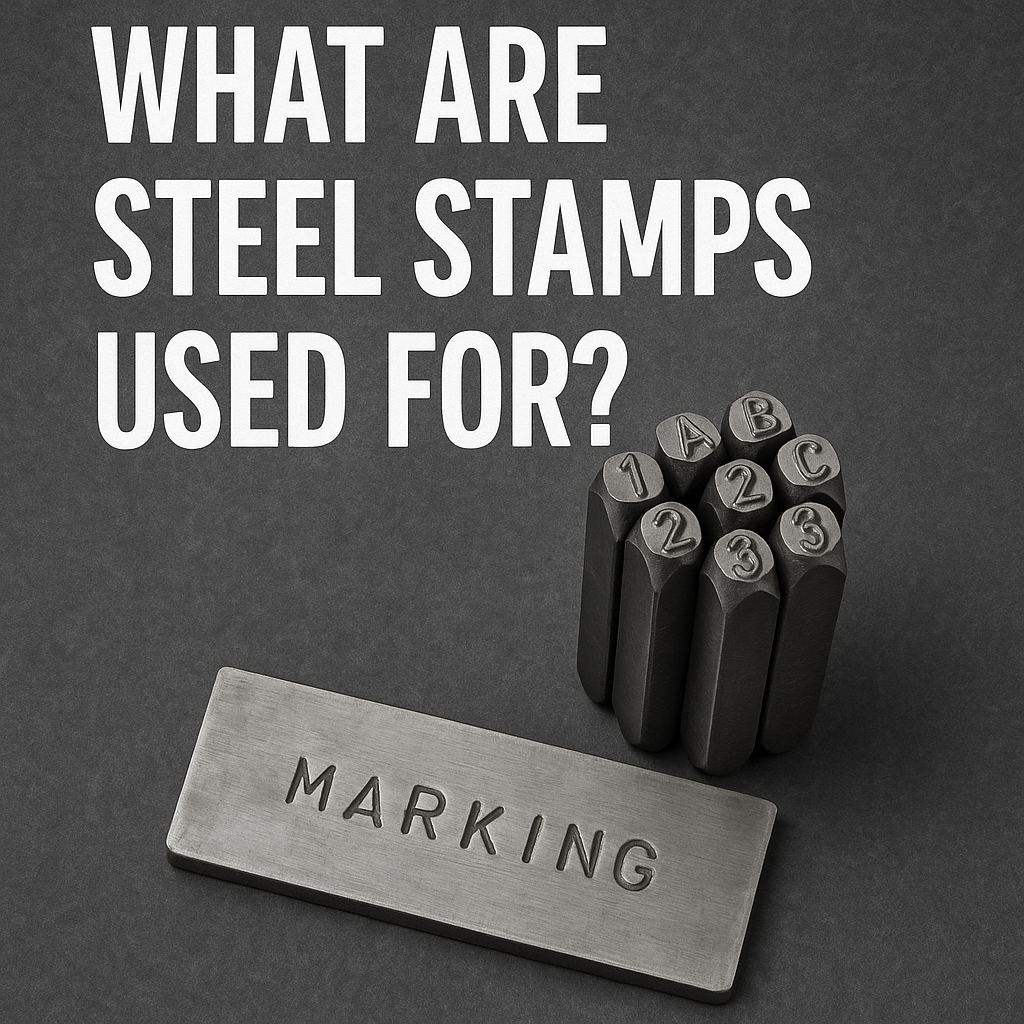How Asset Tagging Works To Protects Your Equipment
- USQuickBlogs
- 08 Nov, 2021
Asset tagging can help companies protect the assets they use to generate revenue as well as mission-critical assets. This guide explores how this works and why it is useful.
Asset tagging has become a far more popular solution for businesses as of late. By 2025, it is predicted that the asset tagging industry will be worth more than $36.3 billion.
Asset tagging is a process where businesses fix tags or labels onto assets so that each one can be easily identified and data related to these assets can be effectively tracked. The tags can be used in a wide range of circumstances from fixed assets as well as moveable assets that might be moved through various warehouses and multiple sites.
With this solution, it’s possible for companies to gain a holistic view of the various assets that they own.
Using asset tracking software, it’s possible to track a wide range of different data such as:
- Purchase History
- Users
- Location
- Depreciation levels
- Maintenance
What Assets Should You Tag?

You can tag a variety of different assets in your business. For instance, you might want to tag moveable assets first. This is going to be useful if you have assets that are used by a variety of different colleagues that are part of your organization and that may even be rented out to freelancers working as part of your business model. You will be able to ensure that your assets are always returned to you.
Fixed assets are more difficult to lose. But by tagging them you can ensure that you do have vital information such as when they last had a safety inspection and the warranty dates.
You might also want to ensure that you are tracking assets that are expensive or more prone to theft. Asset tagging can be a great deterrent and ensure that people aren’t tempted to steal your items.
You could also have assets that are holding sensitive information in your business. However, businesses should be more careful about the information included for tags on assets like this. It’s important to avoid unwanted attention.
What Are The Benefits Of Tagging Assets?

If you are running an asset-intensive business - and this is true in a variety of industries - then asset tagging will be an essential solution. Tagging assets correctly can protect companies from theft and ensure that businesses have the right level of inventory control. It can also ensure that real-time tracking is a possibility that businesses owners can access.
Avoiding Theft
Arguably the greatest benefit of asset tagging is that it does allow business owners to avoid issues with theft. By tagging assets and using tags that are trackable, it’s possible to ensure that you know the whereabouts of any assets at all times.
As such, businesses can potentially avoid the risk of assets being stolen that are critical for generating revenue. This could include vital tools, stock, or even spare parts that could be necessary at critical points.
Issues with the ability to track assets can cost businesses a fortune. For instance, job site thefts reportedly cost construction companies more than $1 billion per year.
Saving Time
Using the right solutions, it is also possible to guarantee that time and resources can be saved when locating key pieces of equipment in a business model. Manually searching for a specific asset is often a process that will take a lot of time. This is particularly true for a business that could have multiple warehouses and locations for storing assets.
With asset tagging, businesses can ensure that their assets can be found without any delays. Tools that provide this option include GPS trackers as well as RFID tags.
There are many industries where this level of efficiency will be essential. One example would be the healthcare sector. In the healthcare industry, moving quickly without delays can save lives. That’s why it’s important to guarantee that staff can immediately find the equipment they need. One report has revealed that nurses will waste more than 6000 hours every month searching for the right equipment. With tagging technology, this is no longer an issue.
Maintenance

As mentioned, location is not the only type of data that can be tracked with asset tagging. There are other data sets that will be accessible too such as maintenance schedules for equipment. With the right level of access to maintenance schedules, it’s possible to guarantee that critical maintenance is not missed or skipped. This ensures that systems and equipment continue to operate as they should, saving companies from the potential issue of downtime.
High levels of downtime can be catastrophic for businesses and typically will cost companies a fortune. The right maintenance will avoid this issue and could also prevent an expensive repair or replacement that will put additional pressure on a business budget.
Asset tagging may also reveal information such as depreciation levels. This can ensure that businesses sell their assets at the right time and don’t hold on to them for so long that they do lose significant levels of value.
Proof Of Ownership

It is possible for businesses to enter into disputes about who owns certain assets in a company model. This is where asset tagging provides another clear benefit. With asset tagging, you can show proof of ownership for both you as well as your organization. The most common way to do this is by adding the logo or the name of your business onto the asset tag in question. This will help avoid disputes completely and ensure that you can recognize assets that you own in a matter of seconds.
It’s clear then that asset tagging does help businesses protect their most important assets. Doing so can help save companies money and ensure that they are protected from theft or even downtime in their business model. There are various types of asset tagging to choose from. It’s important that you select the option that is going to provide the greatest benefits for your business model.






